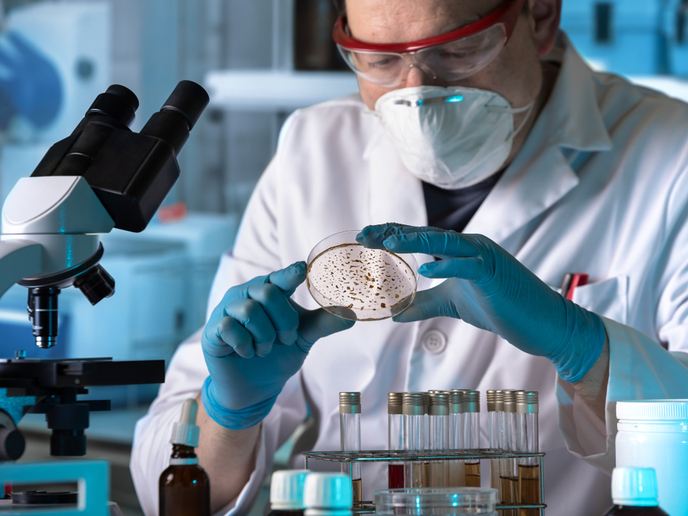Yeast model gives new insights into glycan regulation in eukaryotes
Cellular life is based on four fundamental building blocks: nucleic acids, lipids, amino acids and sugars. The sugar molecules, also referred to as glycans, encode biological information and are important structural components of proteins, cells, tissues and organisms. However, compared to DNA or proteins, glycans are more difficult to analyse and the functional roles of these building blocks are therefore often overlooked. The Yeast-Glyco project used Saccharomyces cerevisiae, commonly known as baker’s yeast, as a model organism to map the elusive O-linked mannose (O-Man) glycans. “The aim was to develop methods that enable identification of O-Man sites on proteins, dynamics and regulatory mechanisms in higher organisms (eukaryotes),” says Marie Skłodowska-Curie research fellow Adnan Halim.
Fresh approach leads to progress
O-Man glycans are evolutionarily conserved post-translational modifications, present in organisms ranging from yeast to humans. However, despite decades of research, scientists have been unable to pinpoint their locations and how common they are in higher eukaryotes. Biological information encoded by glycans is decoded in nature by glycan-binding proteins, also known as lectins. For decades, lectins have been used as tools to study glycans in vitro. “In Yeast-Glyco, we further developed a lectin chromatography technique that allows us to enrich the subset of proteins carrying O-Man from complex protein mixtures, which we identified and characterised by quantitative mass spectrometry,” explains Halim. The analytical workflow was further combined with CRISPR/Cas9 engineering of human cells, targeting candidate genes involved in O-Man biosynthesis and determining novel regulatory pathways that control O-Man glycans. Halim notes: “When combined, these cross-disciplinary techniques enabled us to overcome major hurdles that have hampered progress in the field.” Results demonstrated that O-Man glycans are widespread in mammals and that higher eukaryotes have evolved multiple, distinct biosynthetic pathways to regulate these structural components. “We can also show that O-Man glycans fulfil unexpected, poorly understood biological roles and that their dysregulation is the direct cause of diverse and previously unexplainable developmental disorders, for example severe brain malformations in humans,” Halim comments.
Greater understanding of neurodevelopmental disorders
Furthermore, there is a great unmet need to understand how eukaryotes diversify protein functions, which in part is achieved by glycan modifications. These modifications add a layer of structural complexity, thereby shaping and influencing protein structures, interactions and functions – which, by extension, influences the fitness of cells, tissues and organisms. Developing new technologies aimed at decoding the regulations and functions of O-Man glycans, a key objective in Yeast-Glyco, has led to fascinating discoveries and provided novel insight into how cellular functions are regulated and fine-tuned by glycans. These results may pave the way for new strategies aimed at exploiting O-Man glycans in diagnostics, treatments and drug developments. Halim is excited about where the project may lead. “I would never have guessed that after 3 years we’d have a molecular explanation for a broad range of neurodevelopmental disorders with O-Man glycans at the centre of attention,” he observes. “There is a wealth of biological information encoded in glycans and further studies focused on this class of molecular building blocks will undoubtedly lead to remarkable discoveries at the intersection of cell biology and advanced biomedicine.”
Keywords
Yeast-Glyco, O-Man glycans, yeast, proteins, neurodevelopmental disorders, Saccharomyces cerevisiae, mass spectrometry, CRISPR/Cas9

